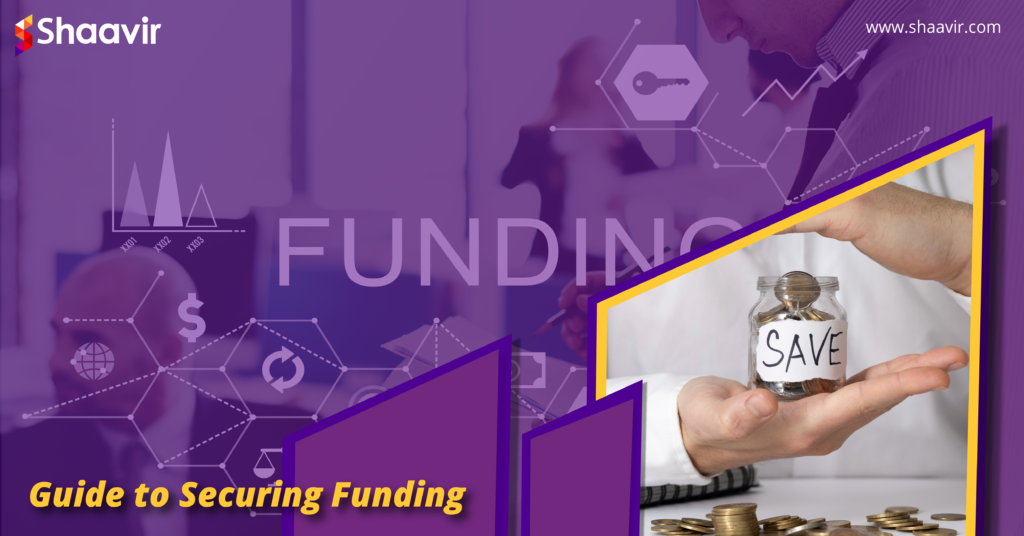In today’s competitive funding landscape, securing grants has become increasingly challenging for organizations of all sizes. A well-crafted grant proposal is essential to making a strong impression on potential funders and increasing your chances of success.
This comprehensive guide will walk you through the process of writing a compelling grant proposal, from understanding the fundamentals to crafting a persuasive narrative that resonates with your target audience.
What is a Grant Proposal?
A grant proposal is a formal document submitted to a funding agency or organization to request financial support for a specific project or initiative. It serves as a persuasive argument that highlights the need for funding, the organization’s capabilities, and the potential impact of the proposed project.
Key Elements of a Grant Proposal
A successful grant proposal typically includes the following elements:
- Executive Summary: A concise overview of the project, highlighting its key objectives, expected outcomes, and impact.
- Problem Statement: A clear and compelling description of the problem or challenge that the project aims to address.
- Project Description: A detailed explanation of the proposed project, including its objectives, methodology, timeline, and evaluation plan.
- Organizational Background: A brief overview of the organization’s mission, history, experience, and qualifications to carry out the project.
- Budget: A detailed breakdown of the project’s budget, including expenses, personnel, and other costs.
- Evaluation Plan: A clear outline of how the project’s success will be measured and evaluated.
- Letter of Support: Additional documentation from collaborating partners or beneficiaries to strengthen your proposal’s credibility.
Tips for Writing a Compelling Grant Proposal
To increase your chances of securing funding, consider these essential tips:
- Identify the Right Funder: Carefully research and select funding opportunities that align with your organization’s mission and project goals.
- Understand the Funders’ Priorities: Thoroughly review the funder’s guidelines and requirements to ensure your proposal aligns with their interests and objectives.
- Tell a Compelling Story: Craft a narrative that clearly conveys the project’s impact, its potential to address a significant need, and the organization’s ability to deliver results.
- Use Strong Data and Evidence: Support your claims with credible data, research, and evidence to enhance the proposal’s credibility.
- Proofread and Edit Rigorously: Ensure the proposal is free of grammatical errors, typos, and inconsistencies to maintain professionalism.
Additional Resources
For further guidance on writing grant proposals, consider these valuable resources:
- Grantmakers.org: A comprehensive resource for grant seekers, providing insights into funding trends, proposal writing tips, and a directory of funders.
- The Foundation Center: A leading provider of information and resources on philanthropy, offering grant research tools, webinars, and online courses.
- Your Local Community Foundation: Connect with your local community foundation to explore funding opportunities and receive personalized support.
Remember, securing grants requires dedication, perseverance, and a deep understanding of the funding landscape. By following these guidelines and utilizing the available resources, you can increase your chances of securing funding and making a positive impact through your organization’s projects.
Conclusion
Grant proposals play a crucial role in securing funding for organizations that strive to make a difference in their communities. By following the principles outlined in this guide, you can craft compelling grant proposals that effectively communicate your organization’s capabilities and the potential impact of your proposed projects, increasing your likelihood of success in the competitive funding landscape.
